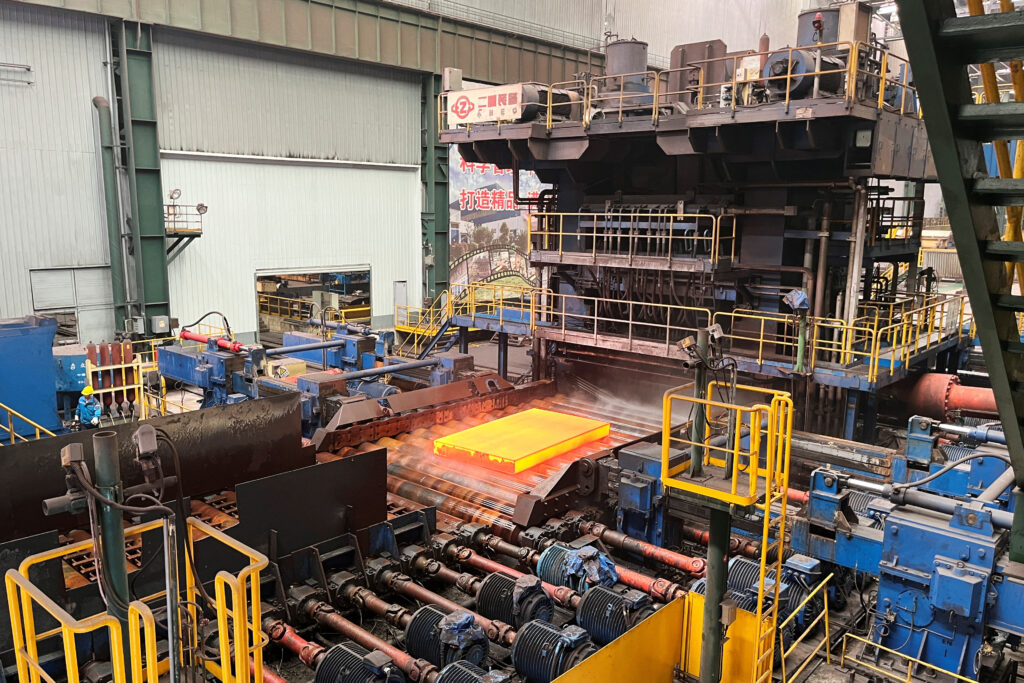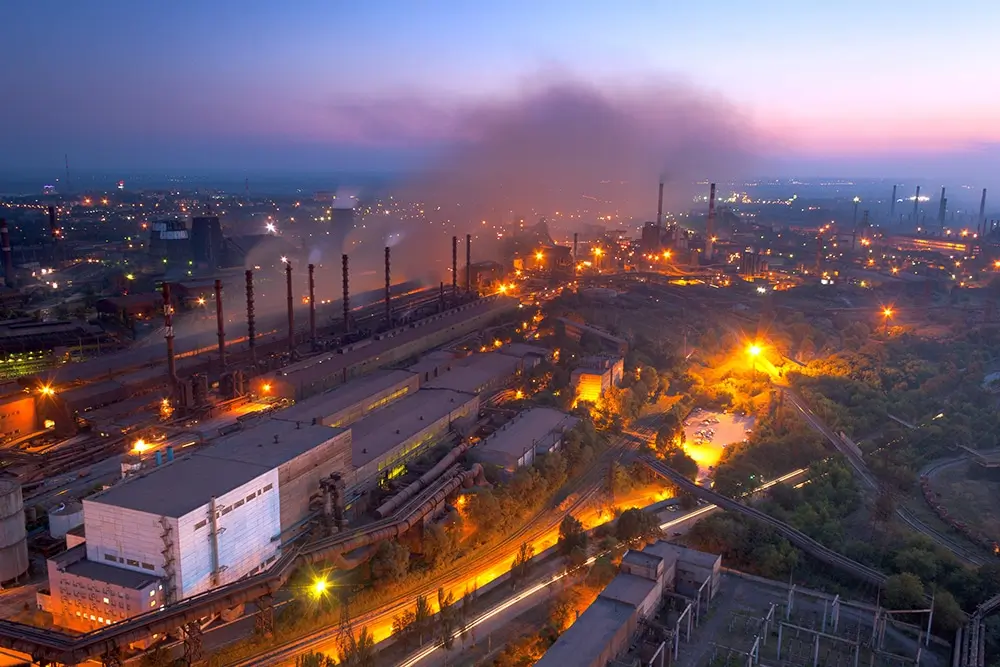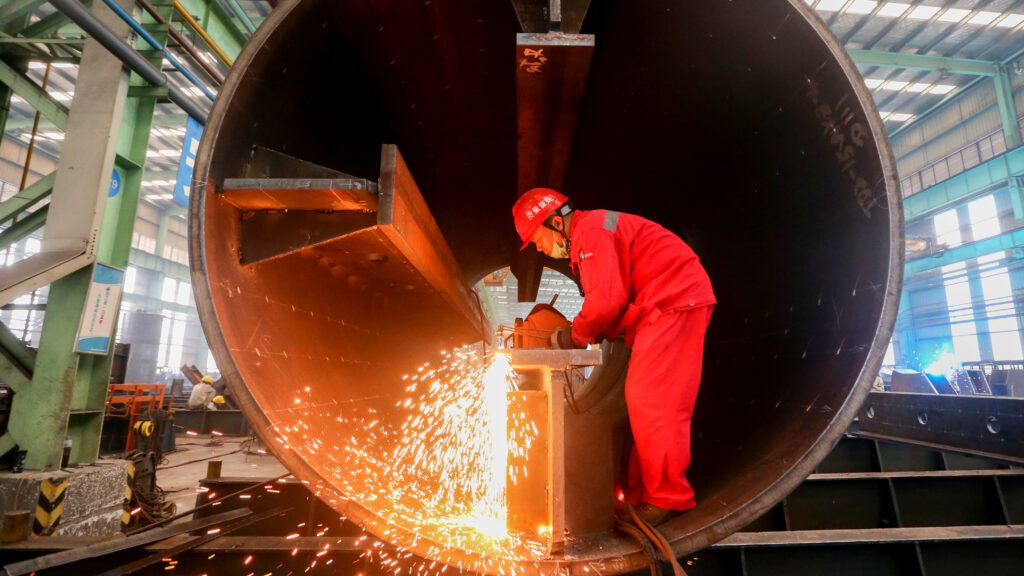Global crude steel production saw a mixed trend in February, with a year-on-year increase of 3.7%, reaching 148.8 million metric tons, yet experienced a decline of 5.8% on a month-to-month basis. This data, sourced from the World Steel Association (worldsteel), indicates a varied performance across different regions and countries.
In the initial two months of the year, there was a 3.0% year-on-year growth in global crude steel output, totaling 306.9 million metric tons. Looking at the regional breakdown for February, Asia’s output stood at 109.7 million metric tons, marking a 3.9% increase. Japan contributed 7.0 million metric tons, an uplift of 3.5%, while China led the region with 81.2 million metric tons, despite a marginal increase of 1.1%. India showed a significant rise of 11.4% with its 11.8 million metric tons of production. Conversely, South Korea’s production fell by 1.5%, amounting to 5.1 million metric tons.
The European Union (EU-27) saw a 3.3% decline in production, yielding 10.6 million metric tons of crude steel. Among the EU nations, Germany reported a production of 3.1 million metric tons, up by 4.4% year-on-year. Turkey notably outpaced its European counterparts with a substantial 46.6% increase, producing 3.1 million metric tons. The Commonwealth of Independent States (CIS) registered 6.7 million metric tons, a decrease of 2.5%, and within this group, Russia’s estimated output was at 5.7 million metric tons, which was down by 4.4%.
North American production was 8.7 million metric tons, marking a 1.3% decrease year-on-year, with the United States producing 6.5 million metric tons, a 1.2% reduction. In contrast, South American output grew by 10.5%, with Brazil’s output rising impressively by 13.1% to 2.8 million metric tons.
Africa’s production increased by 8.1% to 1.8 million metric tons, and the Middle East also saw an increase in production, by 10.8%, totaling 4.2 million metric tons.
These figures from the World Steel Association provide insight into the complex dynamics of the steel industry, highlighting regional growth patterns and the influence of global economic factors on steel production. The varied performances suggest a cautious optimism in the industry, with certain regions showing robust growth while others face challenges.
By: The Coal Trader, AI generated








